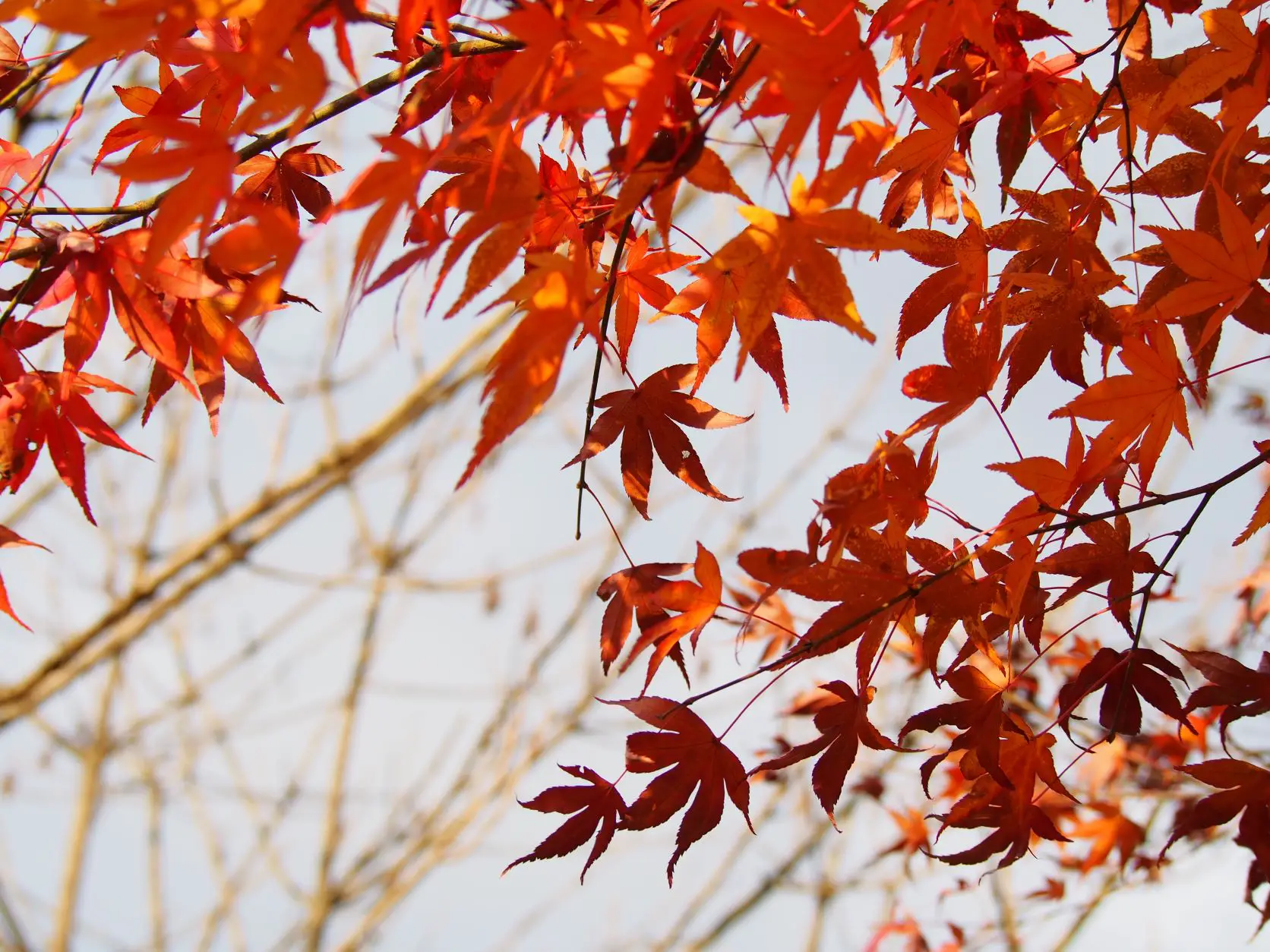Japanese maples are relatively strong species and easy to grow as bonsai but you may notice your tree dying and wonder why.
The shortage of water is by far the most common reason why the Japanese maple bonsai is dying. Other causes include giving them excessive fertilizers or not enough sunlight, infestation, repotting in the wrong season, and the sudden change in the environment.
Watering

Most of the watering problem with Japanese maple bonsai is the shortage of water. Japanese maples, as tree species, do not have a high tolerance for drought and need constant moisture when the foliage is dense from spring to fall.
That said, giving too much water could be the cause especially when the tree is young and the soil is covered with moss.
Water shortage
Photosynthesis and transpiration

The photosynthesis becomes active and the amount of transpiration from the leaves becomes high after waking up from a dormant state in spring and the roots and leaves of your Japanese maple bonsai start to grow.
Transpiration is the process where the water evaporates from leaves while exchanging CO2 and O2 during photosynthesis. Plants transpire to cool themselves and pump water as well as minerals to the leaves for photosynthesis.
As such, the soil in the pot tends to dry out easily, especially during the hot summer season when the moisture also evaporates from the soil.
Dense leaves and moss
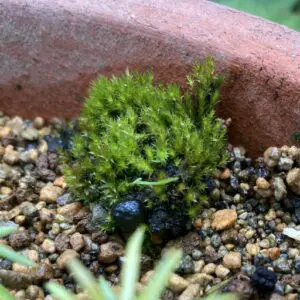
Since Japanese maples have dense foliage, leaves may repel water from reaching the soil if water is just given from above. It also happens when the rain sprinkles and you think your tree is watered enough. But in fact, the rain might not gotten through the thick leaves to the soil because of the thick foliage.
Also, when the soil is completely covered with moss, water may not soak into the soil just by watering from above. Having moss over the soil is a good way to prevent the soil to dry up but moss actually repels water when it is dry.
Other causes of water shortage
Of course, the degree to which the soil dries depends on other factors such as wind, humidity, age and the size of the tree, pot type and size, and soil type and its mixing ratio. The younger the tree, the more active the photosynthesis and the root activity. The soil will dry faster if it contains more sand or if the pot is clay or unglazed.
How to know the shortage of water
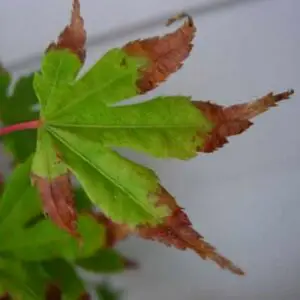
Japanese maple- brown tips
(Souce: University of British Columbia-Link here)
When your Japanese maple bonsai has dark or brown tips on the leaves, you know you give them too little (or too much) water.
How much to water Japanese maple bonsai
As a general rule:
- Once/day in spring and fall
- Twice/day in summer and
- Once/day every 2-3 days
Japanese maples, as other deciduous trees, are dormant in winter but do not completely stop taking water from the soil. They need to be watered every 2-3 days in the colder season as well.
Also, give abundant water to the leaves as well at least once a week in spring and summer to wash away dust and other dirt so that they get enough sunlight they need.
To know more about the benefits of watering leaves, please read the following post.
Excess fertilizers
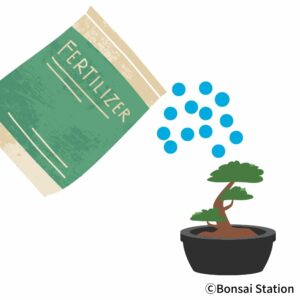
Bonsai soil should be able to hold the nutrients when we fertilize them. Good bonsai soil mix has a high nutrient holding capacity, and so giving too much fertilizers to your Japanese maple bonsai easily leads to fertilizer burn. Fertilizer burn occurs when the high amount of fertilizers disrupts water uptake by the roots because of the salt contained in the fertilizer.
Besides giving too much fertilizers, fertilizing in hot summer weakens the Japanese maple bonsai because its growth declines during the hot season.
How much to fertilize Japanese maple bonsai
- Use diluted liquid fertilizer (2x the labeled dilution)
- Once each in April, May, September, and October. Avoid fertilizing in the hot season.
Not enough sunlight

Japanese maples are a tree species that naturally prefer sunlight, so it is basically best to place them under the sun except in the summer※. The amount of sunlight they get is important because it affects not only the sprouting and thus the health of the tree but also the beauty of autumn leaves and energy storage for winter.
※When the leaves of Japanese maple bonsai are exposed to the strong summer sunlight, the tissues will get hurt, and the leaves become stiff and curly as shown in the picture below. Their color becomes pale with brown spots, but this will rarely be the cause of the tree dying.

Japanese maple- sunburn
(Souce: University of British Columbia-Link here)
To know more about Japanese maple trees and the sunlight, please read the following post.
How to know if they get not enough sunlight
If Japanese maple trees get not enough sunlight, the color of their leaves will turn yellowish and then brown. Branches will elongate, meaning internodes become longer, and be thinner/softer.
How much sunlight Japanese maple bonsai need
Japanese maple bonsai needs at least 3 hours of sunlight a day.
Infestation
Powdery mildew
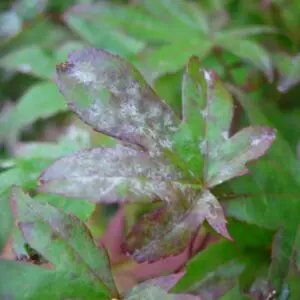
Japanese maple- powerly mildew
(Souce: University of British Columbia-Link here)
Powdery mildew is the most common disease for Japanese maple bonsai.
Powdery mildew is a fungal disease that causes powdery substances to grow on leaves, buds, and young shoots. The fungi grow best at moderate temperatures and in shade, especially if air circulation is poor. It also occurs in humid, foggy areas but in dry locations as well, spreading as the wind blow spores.
If the damage is relatively severe, the leaves cannot photosynthesize and may finally fall off.
verticillium wilt
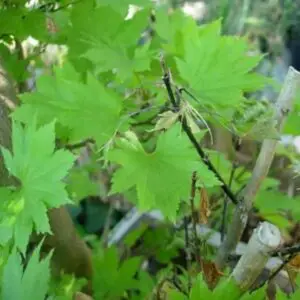
Japanese maple- Verticillium wilt
(Souce: University of British Columbia-Link here)
The other common disease for Japanese maple bonsai is verticillium wilt. It is a fungus living in the soil that is usually brought on through the roots by environmental stressors such as drought or wet soil.
Symptoms of verticillium wilt include leaves dying from the edges, followed by blackening of the branches, gradually working its way down through the trunk.
Repotting
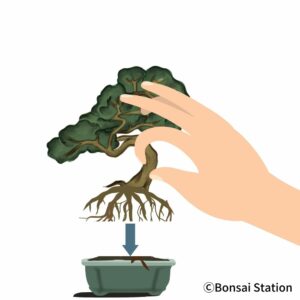
If the repotting is done in the wrong season, the roots may not grow back enough to absorb water, resulting in the leaves falling off and eventually dying of the entire tree.
When to repot Japanese maple bonsai
The best time to repot a Japanese maple bonsai is early spring, before the new leaves sprout, since the repotting does the least damage to the bonsai tree.
During the dormant period, Japanese maple trees absorb little water from the roots. But when spring comes, the roots start to grow vigorously. And so, the burden of repotting on the Japanese maples will be very much reduced at this time.
Depending on where you live, repotting can be done from December to February when Japanese maple shad leaves, if the climate is above freezing all the time and there is no risk of frost burn.
Sudden change of environment
If you choose to take your Japanese maple bonsai indoors, you should be careful of the sudden temperature changes. Like other plants, they can die from sudden temperature changes in the room and outdoors.
—–
If you are considering what species of Japanese maple to grow, please read the following post.
—–
Reference
“Japanese maple pests and diseases”, University of British Columbia (Link here)

